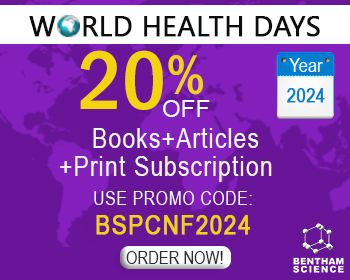Abstract
Cardiovascular disease (CVD) such as myocardial infarction and stroke is a leading cause of death in developed countries. Atherothrombosis, characterized by atherosclerotic lesion disruption with superimposed thrombus formation, is thought to be the major cause of CVD. Although remarkable therapeutic advances in the treatment of atherothrombosis have been made with anti-platelet and anti-thrombotic therapy, these therapeutic options may be limited by considerable side effects. In addition, they may not protect the endothelium and thus could not stabilize culprit lesions. Therefore, to develop a novel therapeutic strategy is needed for the prevention of atherothrombosis in high-risk patients. Recently, we, along with others, have shown that pigment epithelium-derived factor (PEDF), a glycoprotein with potent neuronal differentiating activity, exerts anti-oxidative and anti-inflammatory anti-thrombogenic and vasculoprotective properties in various cell types. In addition, PEDF not only suppresses neointimal hyperplasia after balloon angioplasty, but also blocks occlusive thrombus formation in a rat arterial thrombosis model. These observations suggest that substitution of PEDF may be a novel therapeutic strategy for atherothrombosis. This article summarizes the pathophysiological role of PEDF in atherothrombosis and its potential therapeutic implication in CVD. We also discuss here the kinetics and regulation of PEDF in high-risk patients for atherothrombosis.
Keywords: CVD, oxidative stress, PEDF, atherothrombosis

























